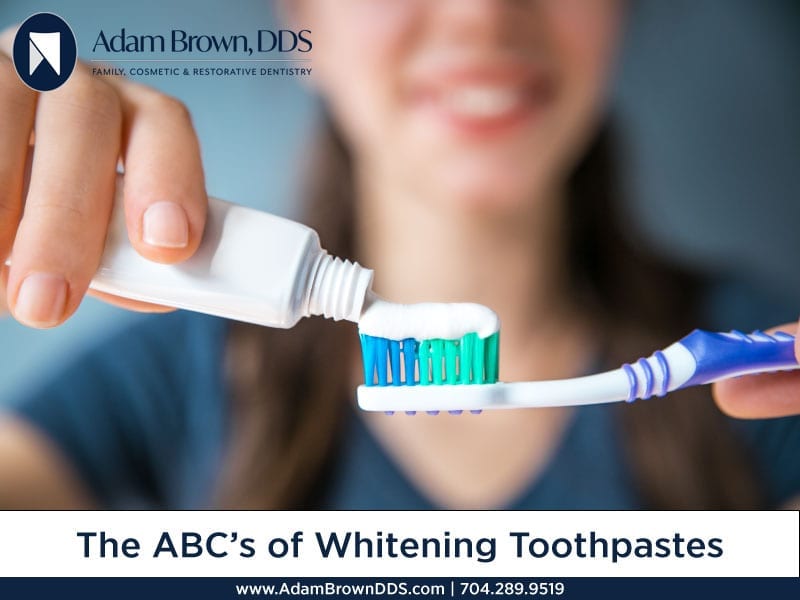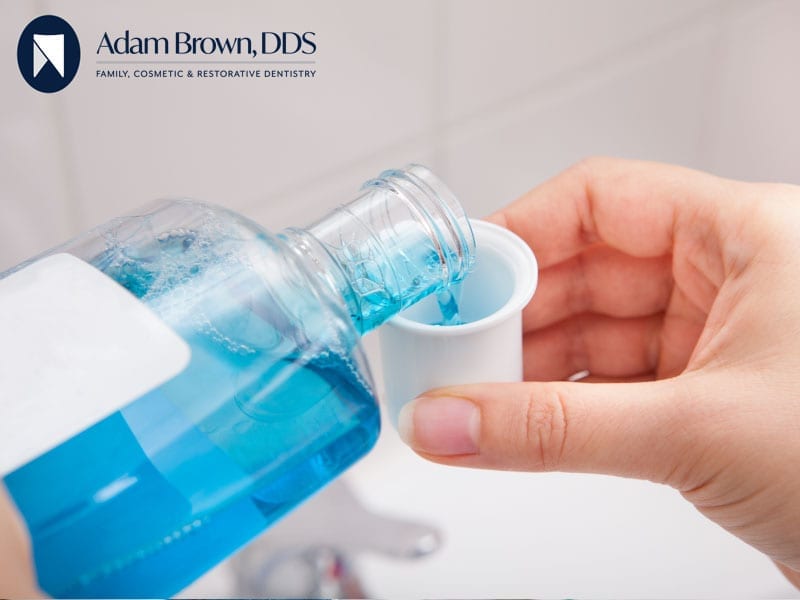Coffee: Good for Your Social Life, Bad for Your Teeth
For many, a life without coffee is a life difficult to imagine. Heck, a single morning without coffee is enough to induce stress, irritability, and a nasty little headache; but have you thought about what such a heavy, potent drink is doing to your teeth?
Here’s a hurtful hint: it ain’t good. The famous pick-me-up we’ve relied on for so many years is doing a number on our oral health, leading modern coffee drinkers worldwide to wonder, “Is there a way to maintain shiny, clean teeth AND still be able to sip on my morning/afternoon cup of joe?”

It’s honestly not a shock that coffee is bad for the teeth, but the fact remains that it’s one of the most trendy drinks available. According to News Direct, a popular news and content distribution service, coffee is the second most popular drink for Americans — first place is bottled water. A survey of over 7,500 adults was taken and here are the results:
- The number-one drink of choice, as mentioned, is bottled water with 63% of the vote. Number two is coffee.
- Coming in next is soft drinks at 56%, juices at 50%, and tea at 48%.
- Looking at alcohol, 25% of people surveyed prefer beer while 24% opt for wine.
But let’s get back to the coffee drinkers: News Direct reveals that 79% of Americans drink at least two cups of coffee every single day, while 44% of these drinkers are stopping for quick to-go coffees a few times a week.
The survey included questions about how Americans like their coffee made as well. Surprisingly, despite the plethora of ways to make and mix up a perfect coffee concoction, most Americans prefer a plain old cup of joe. Here’s the exact breakdown from the survey:
- 36% said they prefer drip coffee
- 11% are for cappuccino
- 10% prefer iced coffee
- 9% said they would rather have instant coffee (who in the world are these people?)
Coffee Drinkers by Age Group
Interestingly enough, Americans actually drink less coffee, as a whole, than we did in the 1960s when it was most culturally popular and significant. But overall, coffee is still one of America’s favorite drinks, which leads to the question of what age groups are drinking it the most?
According to The Food Institute, more younger people are drinking coffee than ever before: 65% percent of Millennials (ages 25 to 39) drink coffee daily. Coincidentally, 46% of Gen Zers (ages 18-24) said the same thing.
What has caused this spike in coffee drinking amongst youngsters? Well, multiple things. For one, gourmet coffee has had quite the boom lately, much like craft beer. Breweries and independent coffee shops are popping up all over the country!
Other contributing factors are innovative product placements in places frequented by younger crowds (social media sites, commercials on popular television stations, etc.). And we can’t forget about Covid (how could we?!) when people were kept indoors and consuming more in general — including coffee. There are also so many ways to make coffee. Iced, blended, straight-up; single-shot, double-shot, pourover, French press, Aeropress, siphon…and newer methods seem to be coming along more and more.
As mentioned above, social media has played a major role in coffee’s popularity with younger drinkers. Coffee shops — both independent and chain brands — have more of a welcoming atmosphere than the pop-in shops of old. Now coffee drinkers can sit outside, sit at the bar, or create their own little workspace and sit for hours. These shops are meant for people to hang out and relax or work, and people all over the country are taking advantage of this.
Coffee and Your Teeth: The Facts
Drinks like tea, wine, and coffee tend to stain the teeth because they have tannins. Tannins are rather difficult to deal with, as this sticky, brown substance can do serious damage to the teeth. Our teeth have a hard covering of enamel over them to protect against bacteria and other harmful substances, but because tannins are so small, they’re able to seep into the enamel and make way to the tooth. Hence the yellowish, brown color of the teeth after drinking coffee.
If you’re a regular coffee drinker, here are a few things to keep in mind:
- It only takes one cup of coffee a day to stain your teeth.
- Over time, your teeth can become severely discolored from the dark pigment.
- The acid tannins in coffee can impact and erode your tooth enamel.
- Consuming excess amounts will dry out your mouth and lower saliva production, which can negatively impact your oral health.
Remedies for Coffee-Stained Teeth
No matter the problems tannins cause to the teeth, coffee drinkers are most likely not going to give up the drink. Coffee wakes us up, it keeps us going; coffee is life!
Thankfully, there are ways to keep your teeth white — though not all of these methods work equally well, and some can damage your teeth. Here are some of the most common ways people keep their teeth from staining:
Swishing Water/Mouthwash
One of the safest and most preemptive ways of keeping your teeth from gaining stains is to immediately gargle with water or mouthwash after imbibing your favorite coffee mixture. This works because the tannins have not yet had a chance to fully adhere to the teeth yet, so the liquid being forced against and between your teeth does well to remove it. Now, this won’t necessarily whiten your teeth, but it will help reduce the addition of stains.
Whitening Trays and Gels
This whitening system has been around for a long time and the process involves heating a tray, filling it with whitening gel, and inserting it into the mouth to form a bond. The problem with this method is that it can take weeks for results to show. Additionally, most people who use the tray and gels report having teeth sensitivity afterward, which is a possible set of new problems for you to deal with.
Whitening Strips
Use caution with this method as well. The famous whitening strips have been around for twelve or so years, and they have had a lot of success. Results can show in about a week, and the process is simple: fold the strips over your top and bottom rows of teeth and keep them in your mouth for a short period of time.
It’s important to be cautious, however, not to overlap the strips onto your gums, as this can cause irritation. Also, if you use the strips too often, your teeth can become sensitive due to the erosion of enamel from the chemicals in the strips.
Paint-On Whitening
When you have the time to wait, use this method. The paint-on method solves the problem of the whitening agent interacting with and causing damage to interior soft tissues, such as the gums and inner cheek because there is no overlap or spillage of chemicals.
Simply brush the whitening gel on each tooth and let it sit for a short period of time. The only down side to this method is it can take months before results are noticeable, and you have to be diligent in getting the gel precisely on each tooth every day.
Whitening Devices
Though they may be a little more expensive than the others mentioned, whitening devices produce the best results. These devices use high-intensity lights to break down hydrogen peroxides to create more whitening oxygens on the teeth. The best part of using this method is your teeth will be much whiter in only a matter of two days!
Like almost anything else out there we enjoy, if you’re not careful it can do some damage to your health. So the next time you decide to enjoy a cup of coffee — iced, latte, with cream, or otherwise — make sure you have a pl

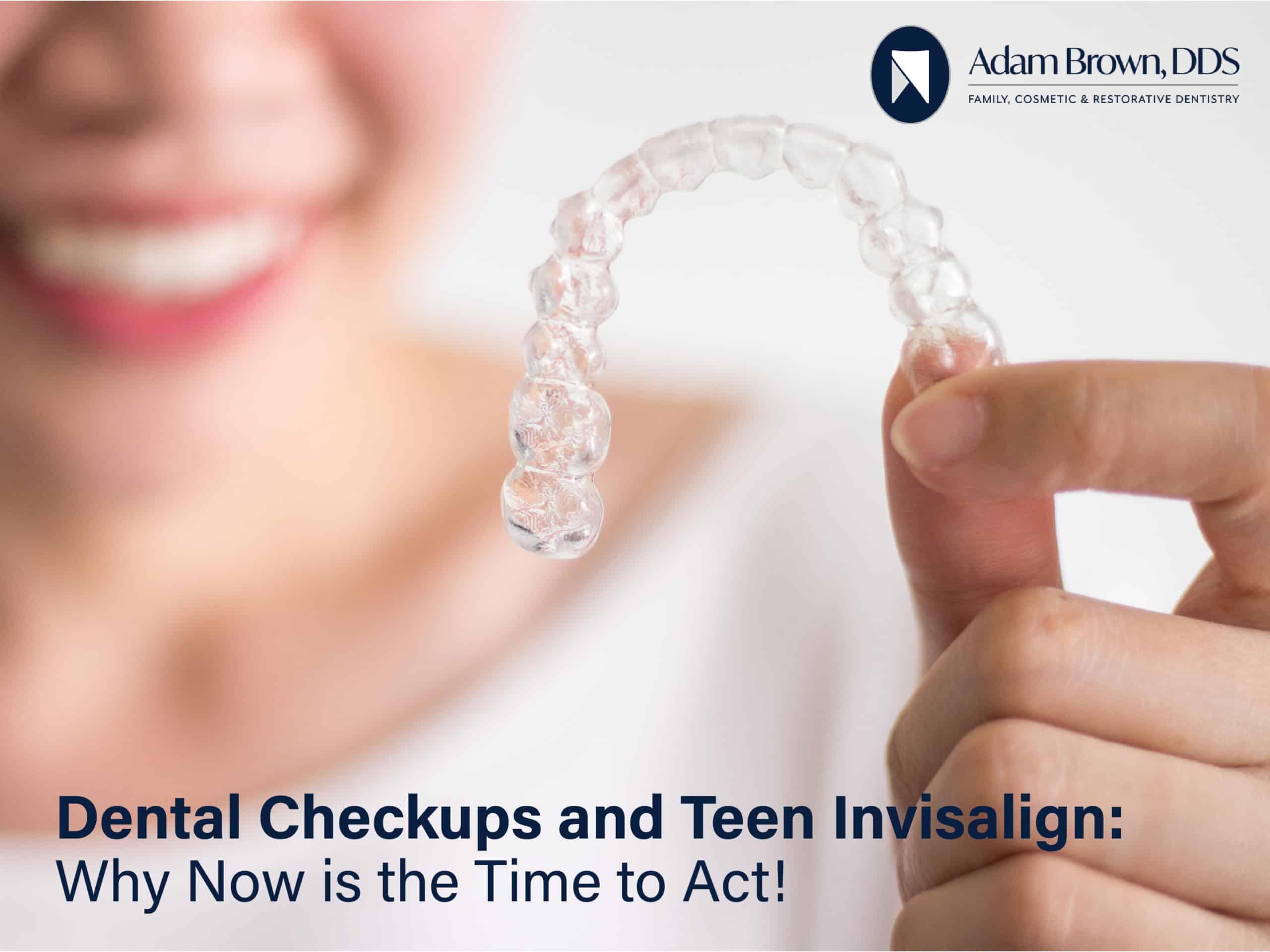
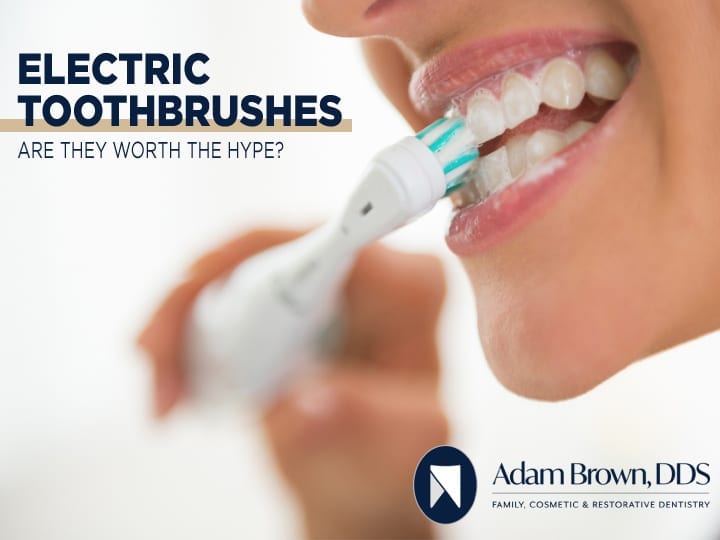
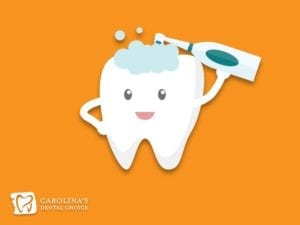 Another benefit to using an electric toothbrush is that it works much better for those with limited mobility.
Another benefit to using an electric toothbrush is that it works much better for those with limited mobility.
